Research & Analysis
U.S. Institute of Peace’s articles, reports, tools and other features provide policy analysis, research findings, and practitioner guides. These publications examine critical conflict issues at the center of the Institute’s work to prevent and resolve violent conflict.
The views expressed in these publications are those of the author(s).

What the DRC-Rwanda Peace Deal Means for the U.S. and Africa’s Mineral-Rich Great Lakes Region
Last Friday, the foreign ministers of Rwanda and the Democratic Republic of the Congo (DRC) met in Washington to sign an agreement to end 30 years of conflict in Africa’s Great Lakes region. The peace deal was accompanied by commitments to build a “regional economic integration framework” and promises of U.S. investment in eastern DRC’s abundant critical mineral reserves, among other commercial agreements.
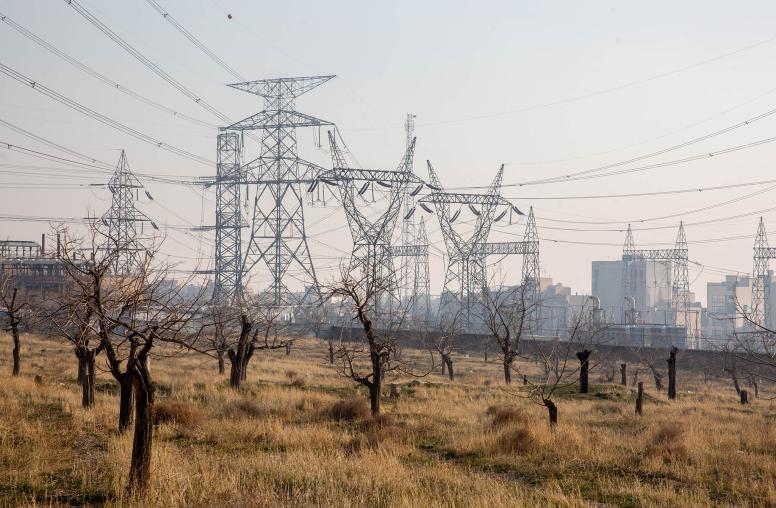
What Does ‘Maximum Pressure’ on Iran Mean for Iraq?
On March 8, the United States allowed a waiver to expire that had permitted Iraq to buy Iranian electricity. The move was the latest in the Trump administration’s “maximum pressure” campaign to cut off Iran’s revenue streams and push Tehran to negotiate over its controversial nuclear program. The waiver dates back to President Trump’s first term. In 2018, Trump withdrew the U.S. from the 2015 Iran nuclear deal, which had granted Iran sanctions relief in return for curbing its nuclear program and expanding cooperation with the U.N. nuclear watchdog.

How China Uses Police Assistance to Reshape Global Security
In recent years, China has greatly expanded their use of foreign law enforcement assistance and cooperation as a way to counteract and contend with U.S.-led global security structures. Using interviews and research from an upcoming USIP report, USIP’s Ena Dion and the Global Initiative Against Transnational Organized Crime’s Matt Herbert discuss why China is expanding its foreign law enforcement assistance and how the U.S. can formulate a response.
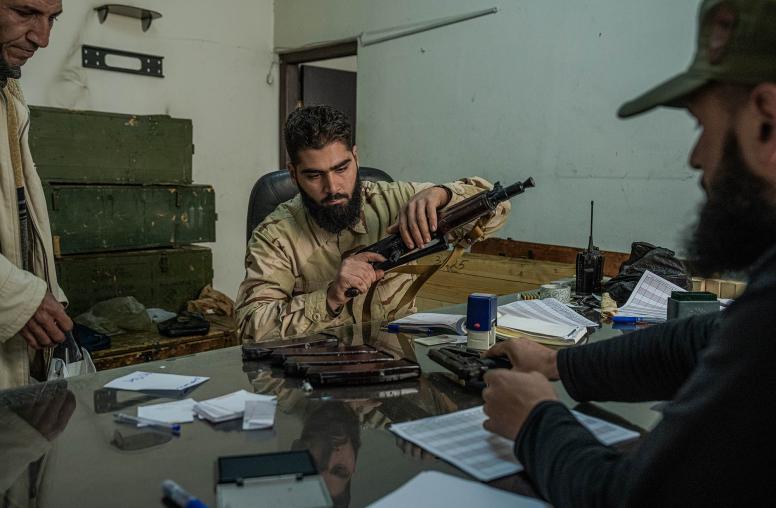
Sectarian Violence Threatens Syria’s Shaky Transition
Syria is witnessing the most significant sectarian violence since the fall of the Assad regime on December 8, 2024. Unverified estimates put the death toll over 1,000, with civilians comprising the vast majority of those killed. Clashes have largely been centered in Alawite strongholds along Syria’s Mediterranean coast, from the city of Tartus north to Latakia. The violence prompted large-scale protests in Damascus and other cities, while many anxious Alawite families have fled their homes along the coast. Syria’s interim president, Ahmed al-Shara, has called for “civil peace” and announced the launching of an independent committee to investigate the killings.
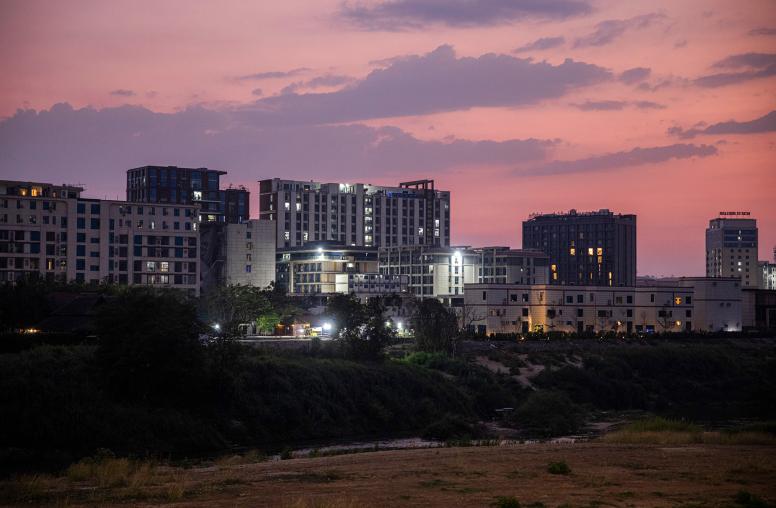
China Exploits Thailand’s Crackdown on Scam Compounds to Grow Security Influence
Under pressure from China, Thailand has begun its most significant crackdown to date on the transnational crime groups that dominate the Myanmar-Thailand border region. USIP’s Jason Tower explains what prompted the crackdown, how it will impact global efforts to curb transnational crime, what it says about China’s growing influence in the region, and how this all affects U.S. security interests.
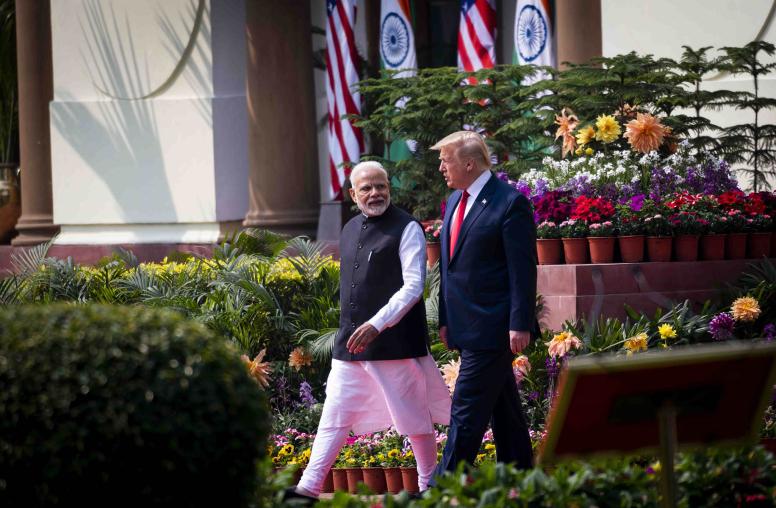
Modi’s Washington Visit Signals U.S.-India Ties Will Continue Upswing
Last week, Indian Prime Minister Narendra Modi’s visit to Washington marked the fourth meeting between U.S. President Donald Trump and a foreign leader since the start of the new administration. Despite differences over tariffs, Modi’s trip signaled that U.S.-Indian relations will continue along the positive trajectory seen in recent years, particularly in defense and technology cooperation. Trump made clear that he sees value in India’s role as a counterweight to China, but that he also views Delhi as an important player and key partner outside the context of strategic rivalry.
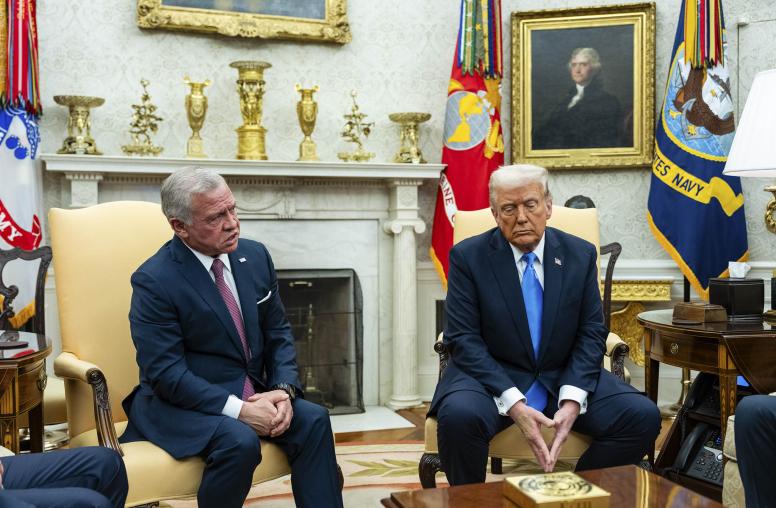
Jordan’s King Walks a Diplomatic Tightrope in Washington
Jordan has long been one of the United States closest allies in the Middle East and its leader, King Abdullah II, is typically the first Arab leader to meet with a new U.S. president. But when Abdullah met with President Donald Trump on Tuesday, the two leaders had to navigate profound differences over what happens next in Gaza amid a fragile cease-fire. Trump’s proposal to relocate Gazans to Egypt and Jordan has been met with sharp rejection by both countries and the broader region. The president has suggested that he may withhold aid to Egypt and Jordan if they don’t agree to take Palestinians from Gaza.

What the Houthis’ Foreign Terrorist Designation Could Mean for Yemen
The Trump administration has begun the process of redesignating Yemen’s Houthis as a foreign terrorist organization (FTO) over the groups’ firing at U.S. warships; violently overthrowing Yemen’s internationally recognized government; launching attacks against civilian infrastructure in Yemen, Saudi Arabia, the UAE and recently Israel; and attacking commercial shipping. After Hamas’s October 7 terrorist attack, the Houthis fired missiles and drones at Israel and significantly disrupted commercial shipping by attacking ships in the Red Sea. Also known as Ansar Allah, the Iran-backed group says these attacks are done in solidarity with Hamas. They have held fire since the Gaza truce took hold on January 19.
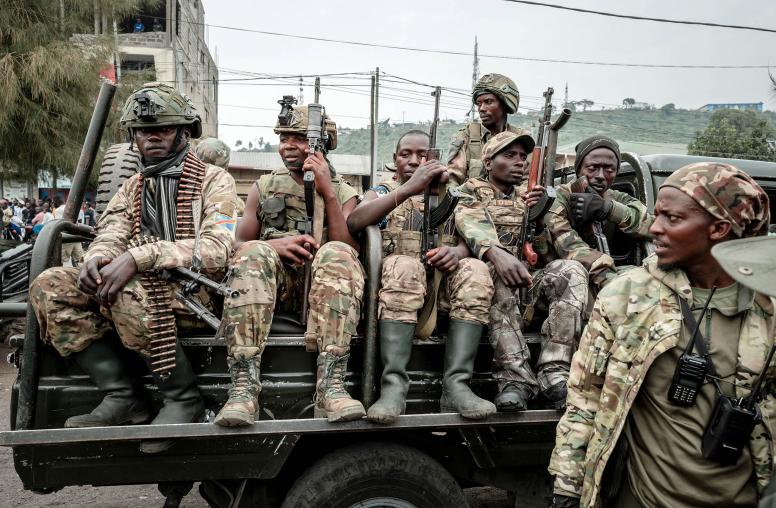
A DRC-Rwanda Truce is Key for African and U.S. Interests — Here’s How to Get There
On January 27, Rwandan-backed rebels known as M23 captured Goma, the largest city in eastern Democratic Republic of Congo (DRC), despite the presence of U.N. peacekeeping force, defense forces from other African countries, local militias, and European mercenaries hired to block its advance. Nearly 3,000 people were killed in M23’s advance into Goma, including the provincial military governor. Roughly 500,000 people fled their homes, adding to the more than two million people displaced by the long-standing conflict.
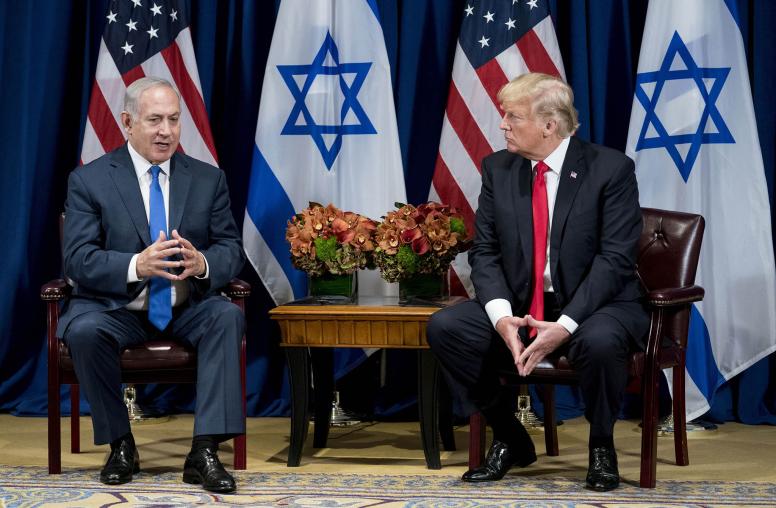
Netanyahu Comes to U.S. Amid Potential Inflection Point in the Middle East
On Tuesday, Israeli Prime Minister Benjamin Netanyahu becomes the first foreign leader to meet with President Donald Trump since his return to the White House. The visit comes as a fragile but holding cease-fire in Gaza approaches the midway point of its initial six-week phase, and as phase two of the agreement’s prescribed negotiations begin, with critical questions surrounding Gaza’s transitional security and governance to be decided. It also comes against a backdrop of a recently extended cease-fire deal between Israel and Hezbollah, expressed interest by both Trump and Netanyahu in advancing Israeli-Saudi normalization, and international concern over Iran’s nuclear threshold, despite the setbacks dealt to the “Axis of Resistance.”